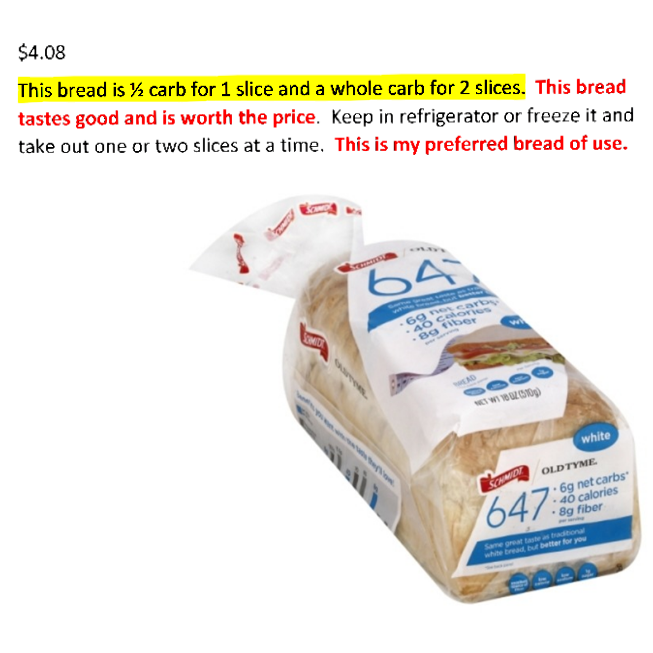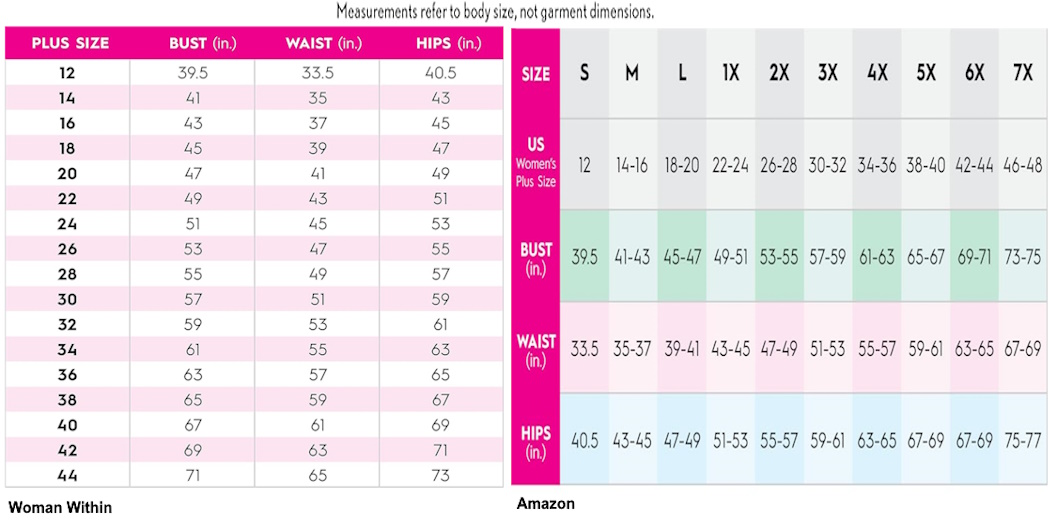
Category: Diabetes
For a more inclusive and general listing visit: PDF — US Booklet 72 — Nutritive Value of Foods
[US Dept of Agriculture booklet]
=====================================================================================================================
Food Lists in Word .docx format to download: Food List in docx format
Food Lists in PDF format to download: Food List in pdf format
Note 1: Points and such are loosely based on Weight Watchers and the labels on the products. Although some 1/4 cups are listed, I don’t track below 1/2 point or 1/2 carb, etc. I rounded up in most cases. If in doubt the above booklet helps. Weight Watchers is great and I have lost weight on it in the past. However, I needed to track a lot more than points.
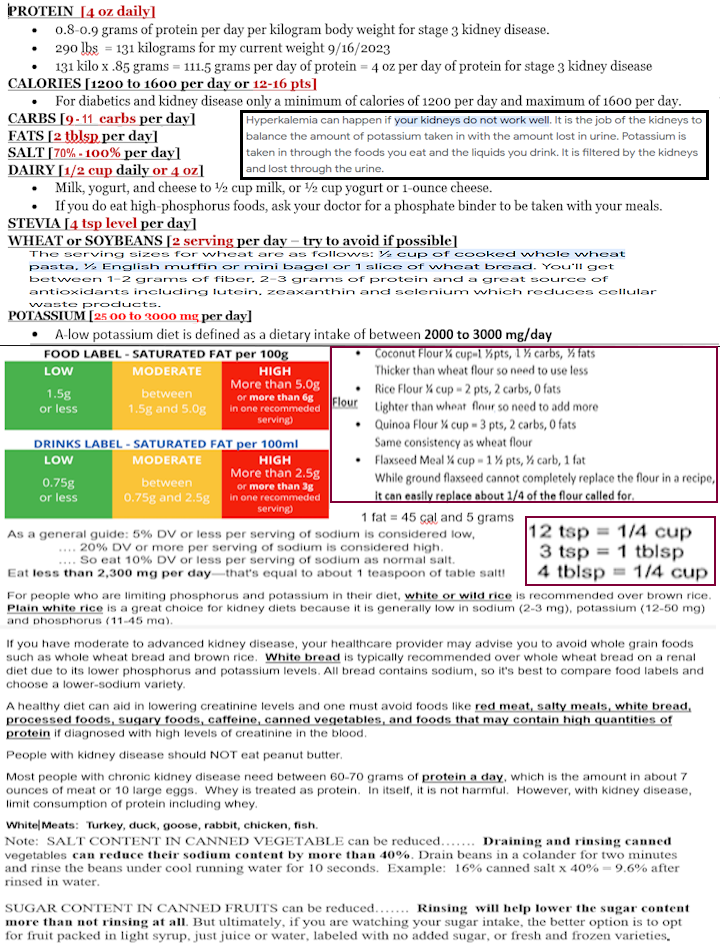
Pineapple, cranberries, red grapes, and apples are all kidney-friendly fruits with anti-inflammatory properties are good fruits for Kidney Disease.
The best beverage to drink on a kidney diet is 2 liters of water. Sparkling water, lemon water, and [unsweetened] green teas are also good options. Lemon-lime soda [diet], lemonade [diet], and root beer [can only have clear soda and diet] are low in phosphorus, although they can be high in added sugars unless you drink diet soda with no sugars.
Limit intake of foods with high levels of phosphate or phosphate additives such as organ meats, whole grain breads, processed foods, cola beverages, cheese, dried beans, liver, peanut butter, dairy products and chocolate.
SALT:
- ¼ tsp salt = 575 mg = 15% of 2300 mg
- ½ tsp salt = 1150 mg = 50% of 2300 mg
- ¾ tsp salt = 1725 mg = 75% of 2300 mg
- 1 tsp level salt = 2300 mg = 100% of 2300 mg
Body needs only 500 mg of salt per day, however.
Kidney disease diet should be no more than 65% salt per day.
PROTEIN: 1000 mg = 1 gram
- 7 grams = 1 oz
- 21 grams = 3 oz
- 28 grams = 4 oz
STEVIA SWEETENER:
The World Health Organization defines the acceptable daily intake (ADI) as 4 mg of stevia per kilogram of body weight. According to an FDA estimate, that means a 150-pound person could safely eat up to 10 packets of stevia a day—way more than you actually need, considering its intense sweetness.
FAT: I am not discerning between saturated and other fats, but grouping all fats under “fat”.
- One teaspoon equals about five grams of fat. 12 teaspoons, which is the same as ¼ cup. If you’re following a 2,000-calorie-a-day diet, your target range for total fat is 44 to 78 grams a day.
- So for 1200 to 1600 calorie diet, 26.4 to 48.8 grams a day.
- 5 servings of 5 grams = 26 appx grams a day which equals 5 tsp which is one tblsp + 2 tsp of fat
- 10 servings of 5 grams = 50 appx grams a day which equals 10 tsp which is less than ¼ cup of fat
Thus, I am considering maximum fat allowed to be 1 tblsp + 2 tsp to 3 tblsp + 1 tsp.
SOYBEANS:
Soy foods may be beneficial for people with chronic kidney disease (CKD), dialysis patients and those with a kidney transplant as a low-saturated fat, cholesterol-free meat replacement. Similar to animal protein, soy is also a high quality protein, but is plant-based instead.
And we found that dietary soy was associated with significant decrease of serum creatinine, serum phosphorus, CRP (C reactive protein)and proteinuria in the predialysis subgroup.
Soy products contain large amounts of chemicals called oxalates. Oxalates are the main ingredient in kidney stones. If you have a history of kidney stones, avoid taking large amounts of soy. Milk allergy: Children who are very allergic to cow’s milk might also be sensitive to soy products. Some soy products can have high potassium, phosphorus, and sodium levels. Since large amounts of these nutrients can be harmful for people with kidney disease, we encourage you to carefully read food labels to learn the nutrient content in soy products. Eating too much of it can cause hormonal imbalance and thyroid issues.
Treatment for hypothyroidism usually includes taking the thyroid hormone medicine levothyroxine (Levo-T, Synthroid, others) every day. Research has shown that soy can make it harder for the body to absorb that medicine. But people who have hypothyroidism don’t need to avoid soy completely
Phosphatase
If you have high alkaline phosphatase levels, it is advisable to avoid or minimize alcohol intake to protect liver health. High-Sugar Foods and Beverages: High-sugar foods and beverages, such as sugary sodas, candies, pastries, and desserts, can contribute to weight gain and metabolic disturbances.
Which foods are omega-3 fatty acids?
Fish and other seafood (especially cold-water fatty fish, such as salmon, mackerel, tuna, herring, and sardines) Nuts and seeds (such as flaxseed, chia seeds, and walnuts) Plant oils (such as flaxseed oil, soybean oil, and canola oil)Jul 18, 2022
The food list incorporates foods I would eat. However, someone else might eat differently. The food list is geared to my diseases and concerns. Someone else would need to add/subtract from the food list.
The numbers used throughout this diet system are for those who are female, over 65, and sedate. If you are male, active, trying to gain weight or bulk, and younger, your numbers of allowed intake will be different. However listings of foods points, carbs, fats, etc will be the same. The number of allowed points, etc will be different depending on your lifestyle [active-sedate, losing-bulking up weight], gender, and well being [health diseases or lack of]. — If in doubt, see a nutritionist, check the internet, read product labels.
Some dairy is required, but limit its use.
AS I NEED TO TRACT SO MUCH, I made a Daily Diet Listing. The daily diet listing is then used to do the Monthly Summary. This diet system is to help me keep tract of how I am doing health-wise.

This form [below] is 11″ by 8 1/2″ [a bit wider for Items/size]
Note: This form is for a sedate 77 yr old so if you follow this system, adjust for age, activity level, and health.
Lunch/Dinner can be switched upon day’s need or situation.

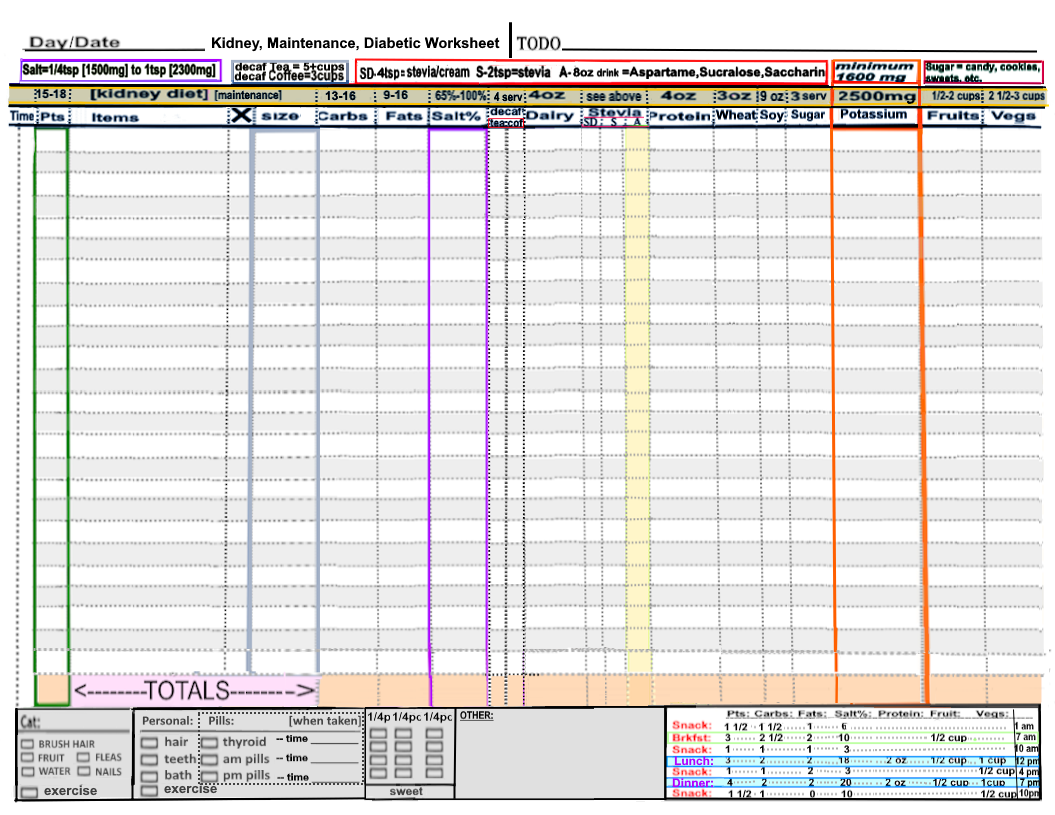
In combination with my tracking worksheet form these help me. This is my current method. Different people use different methods of handling their diabetes. I am new to it all so this helps me. Everyone has to figure out what works for them. Also, I use pencil in case I need to change something. Also I do the count at the end of the day for the tracking summary.
Update Note: American Diabetes Association lists 13-16 carbs [15 grams each appx] as normal daily intake of carbs on a 2000 calorie diet. [I assume 9-11 to be normal for a woman who is sedate.]
I use these two forms and they help me, but my Sister uses index cards on her refrigerator instead of a form. Everyone has their own way of doing it.
I am using the Univ of Ark [Diabetes Division] Food Exchange List with the American Diabetes Assoc My Plate Pamphlet of allowed foods along with Weight Watchers Point System of 2010 for references of above categories and monitoring of food and carbs/nutrition.
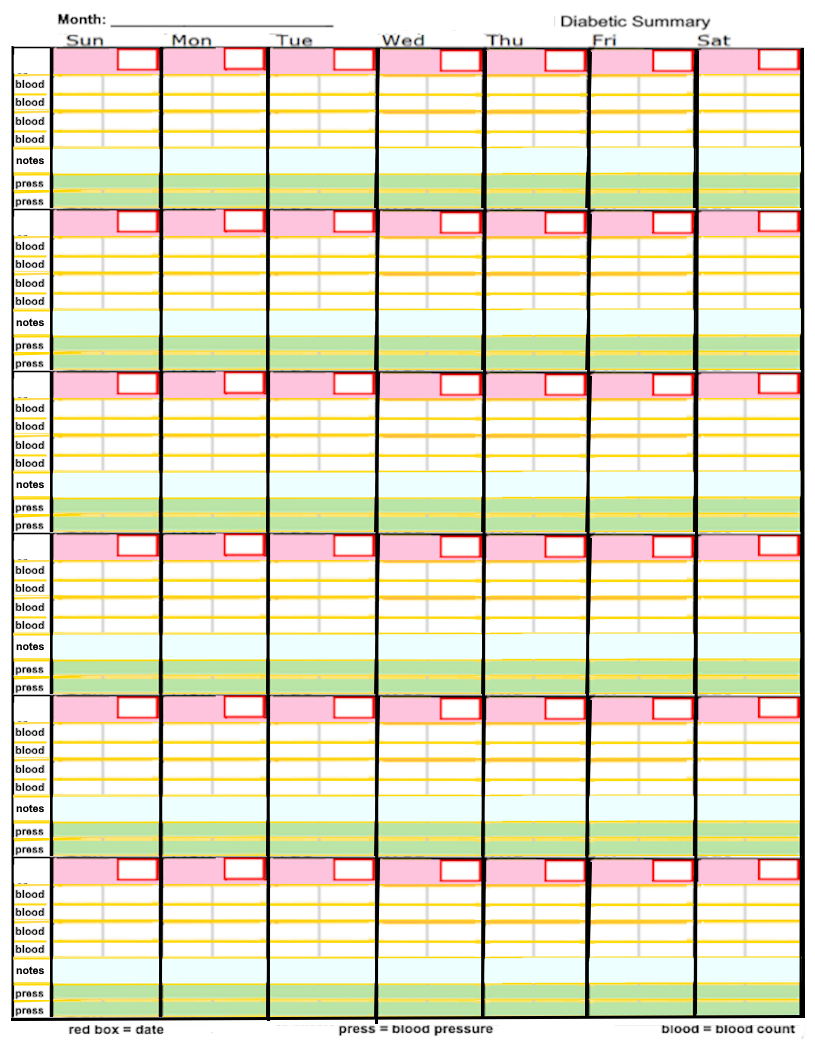
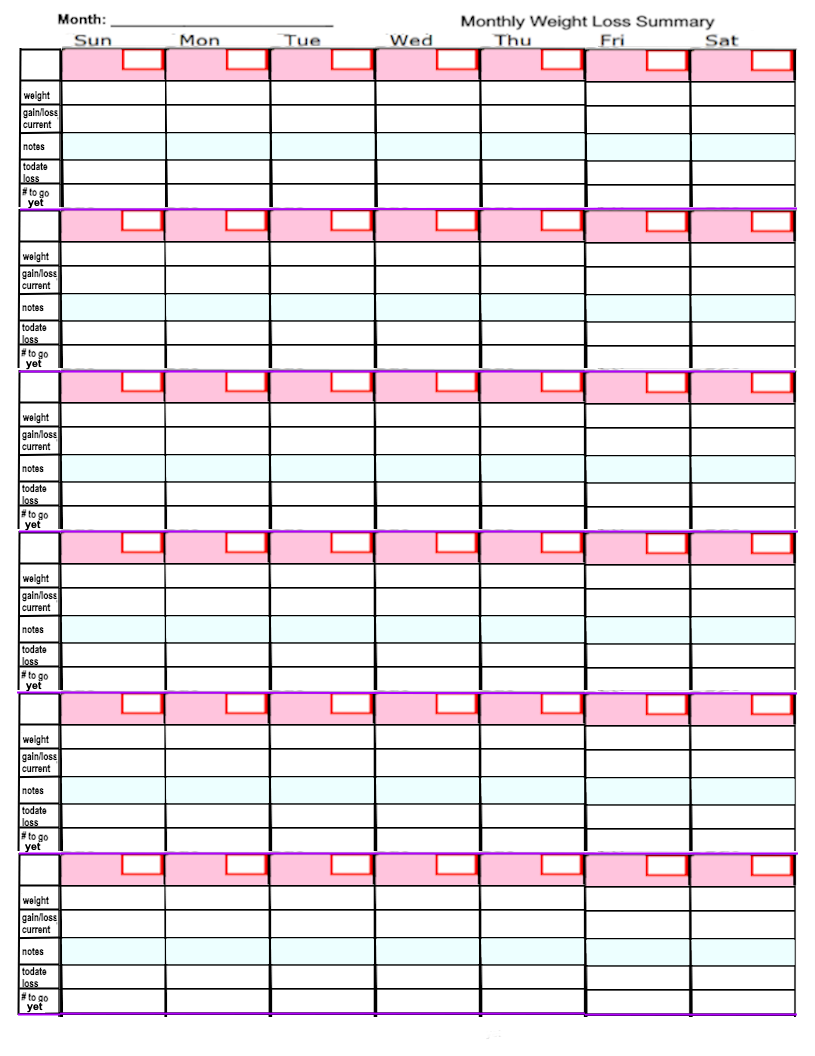
Below form has been updated 3/21/2024. Added Fruits & Vegetables to form.
![]()
Diabetic Food Pyramid — starting place

I started here, but then made my own pyramid based on a Woman Loosing Weight and nutritionist given information. See other pyramid. See a nutritionist for the “unique” you.
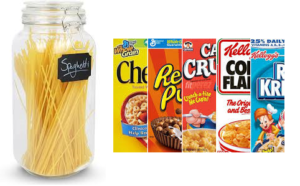
Univ of Ark – Diabetes Exchange List
For a Woman losing weight and using Reduced-Carb Diet: [A man/male would have more portions especially if active.]
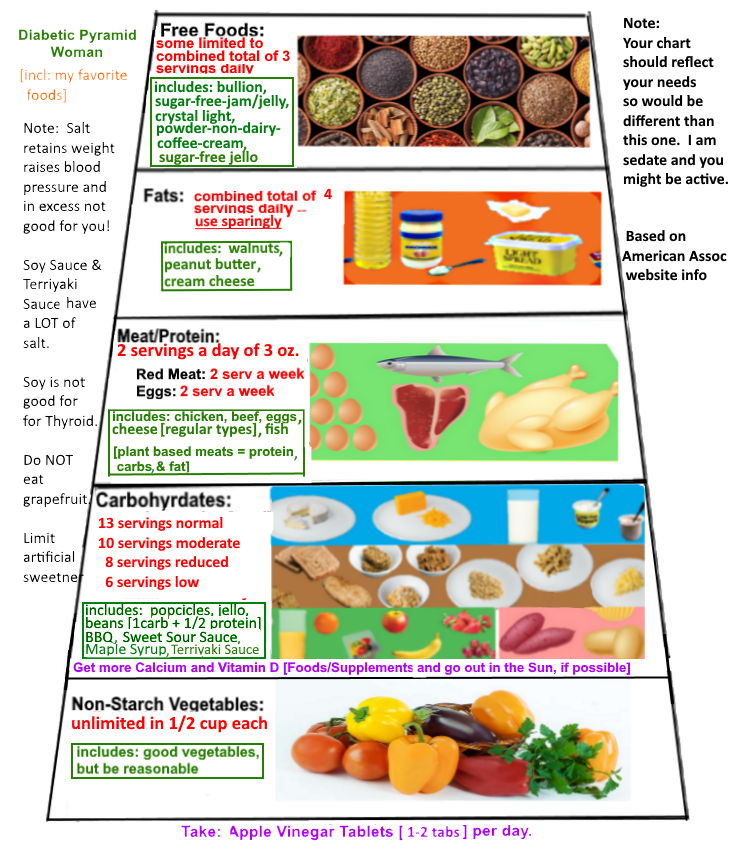
I am using this pyramid along with the Univ of Arkansas Food Exchange and Weight Watcher Point System from 2010. Weight Watcher’s has a new system in 2019-2020, but I am using the one I already have and not changing over [using 18-23 points]. As of March 9, 2020, with no excercise yet.
By the way, I have to watch consumption of soybean, garlic, and salt. Grapefruit is out because it conflicts with other medications. Salt is also bad because of water retention and blood pressure let alone it retains body weight when too much salt is used.
